Anne Yellow Raspberry Plant
Description
Anne Yellow Raspberry – Sweet, hardy, & ever-bearing golden raspberries
Bring a burst of sunshine to your garden with the Anne Yellow Raspberry Plant, a high-yielding everbearing variety known for its large, golden berries and exceptionally sweet flavor with hints of apricot. These firm, juicy raspberries are perfect for fresh eating, baking, jams, and freezing—holding their shape and flavor well over time.
A cold-hardy and heat-tolerant variety, Anne Yellow Raspberry thrives in diverse climates and bears fruit in its first year. As a fall-bearing (primocane) variety, it produces two crops per season:
- Floricane berries: Ripen in July and August (on second-year canes).
- Primocane berries: Ripen in September through frost (on new canes).
This self-pollinating raspberry plant makes an excellent addition to any home garden, delivering consistent harvests of sweet, golden fruit throughout the growing season.
Why Grow Anne Yellow Raspberries?
- Large, firm, golden berries with a unique apricot-like flavor
- Everbearing (Fall-Bearing) Variety – Enjoy two harvests per year
- Hardy & Productive – Thrives in both cold and warm climates
- Versatile Use – Great for tarts, jams, fresh eating, and freezing
- Self-Pollinating – No additional plants needed for fruit production
Planting & Care Tips
- Sunlight: Full sun (6+ hours daily)
- Soil: Well-drained, loamy soil with good moisture retention
- Spacing: 3-4 feet apart for optimal air circulation and fruit production
- USDA Hardiness Zones: 4-9
Important Planting Notes
Do not plant Red, Gold, or Purple raspberries within 75-100 feet of Black raspberries. Black raspberries are more susceptible to viral diseases carried by aphids, which can spread to nearby raspberry plants.
After planting, prune the bare-root canes back to about 2 inches above the ground (this does not apply to potted raspberry plants). Do not skip this step! It is crucial for encouraging new root growth and healthy cane development. New shoots will emerge from the root system, not necessarily from the planted canes themselves.
Survival Guaranteed!


Since 1816, Stark Bro’s has promised to provide customers with the very best fruit trees and plants. It’s just that simple. If your trees or plants do not survive, please let us know within one year of delivery. We will send you a free one-time replacement, with a nominal shipping fee of $9.99. If the item in question is not available, we can issue a one-time credit to your account equaling the original product purchase price or issue you a refund. Read more about our warranty policy.
Characteristics
| Bloom Color | White |
| Fruit Color | Yellow |
| Fruit Size | Large |
| Hardiness Zone Range | 4 - 9 |
| Pollination | Self-Pollinating |
| Ripens/Harvest | July And September |
| Shade/Sun | Full Sun |
| Soil Composition | Loamy |
| Soil Moisture | Well Drained |
| Soil pH Level | 6.0 - 6.8 |
| Taste | Mild, Sweet |
| Texture | Firm |
| Years to Bear | 1 - 2 |
Size & Spacing
Mature Size
Recommended Spacing
Zone Compatibility
Pollination
This variety is self pollinating.
Tools & Supplies
Planting & Care
Learn all about how to grow raspberry plants in The Growing Guide. An entire section of our website dedicated to your growing success.
Shipping Information
Estimated Delivery Date
Arrives when it's time to plant
Questions & Answers
I have mine in a extra large cloth pot with pebbles at the bottom. After the second year I noticed a runner coming out from underneath the pot, but it could be from my heritage red raspberries that are in a pot up against my anne raspberries. Either way, it's because I put them in cloth pots. While the cloth pots are great for drainage, runners are the risk you take. And since mine are in their forever spot in my yard, I don't mind. I bought frost fabric for them and carefully wrapped all three pots up together in late autumn and they did great over the winter (I live in zone 7a).
Susey, it depends on what you want to do with the raspberries. This type of raspberry will provide two crops per year if you want. It will have berries on last year's canes in the spring, around early June, and then those canes will die. In the spring should see new hrowth at the base of.last year's canes. The new canes will fruit in late summer and then again next spring as second year canes (see above). If you cut everything to the ground in the fall, you will only get one crop off the new canes in the fall. Generally speaking, I prefer two crops for home use. You will get berries almost the entire summer. Single crop works better for commercial and farmer's market use since the harvest time is predictable.
If you are going for the two crop option, prune last year's canes in the early spring. Just cut the dead and for control. The more you cut, the fewer berries. After you harvest the spring berries and the canes die, you can cut them to the ground.
If you are going for single harvest, just cut them to the ground in the fall.
Plant away! Roots are a maximum of 10 inches. Very shallowly rooted.
My best protection has been to buy motion sensor sprinklers and set up a perimeter around my garden beds. You can get them on Amazon - you just set the sensitivity, hook them up to a hose, and forget about them. I never lost a plant to a deer after setting them up. I also didn't have to put in fencing, which was nice. The ones I have operate with 9v batteries.
In Zone 9, it's best if this plant can get some late-afternoon shade. This is considered a low-chill variety and is rated to do well in Zone 9. Chill hours for berries are different than tree fruit and are calculated as an average; the growing zone rating is a better guide for berries.
They have very tiny hairlike thorns on canes and some under leaves. If you grab onto the canes barehanded you could get a few tiny pricks but you would use gloves when you are working with them. I will admit I've handled them without. No gloves needed for picking. My kids and neighbor kids pick from them all the time.
I have recently changed how I raise raspberries. I also use the raised bed technique. Two plants should fit fine in the 2'x4' bed. I would suggest keeping 2.5 feet between the bushes. I have found that gives them enough room for the roots but also enough air circulation around the canes as they grow. Good luck and enjoy.
Yes, just like other raspberry plants.
Once your raspberry plants have put on enough growth (which may not be until after their first year with you), aim to prune in the early spring, just as new growth emerges.
Prune young canes back until they are around 4 to 5 feet tall. This will discourage overgrowth and shading and will improve fruit production and quality.
Completely prune back and remove all skinny, dead, damaged, diseased or otherwise weak canes. As your raspberry plants mature, it is recommended that you cut back the small, thin canes to leave only about 8 to 10 of the strongest ones.
Hello-
Some varieties, such as Purple Royalty, just grow taller than others. My Heritage plants are somewhat shorter than my others. A little shade and a little crowding probably isn't harmful. Canes that grew this year will make berries next year, so don't cut them down. Next year more canes will grow which will make berries the following year, and so on. In early spring remove the dead canes (if it's their first spring there won't be many) and nip 3 or 4 inches, or more if necessary, off each tip. I'm in zone 5 and every yellow cultivar I've tried hasn't been hardy enough, though Anne survived the longest and the berries she made were marvelous.
Customer Reviews
unique, and very tasty.

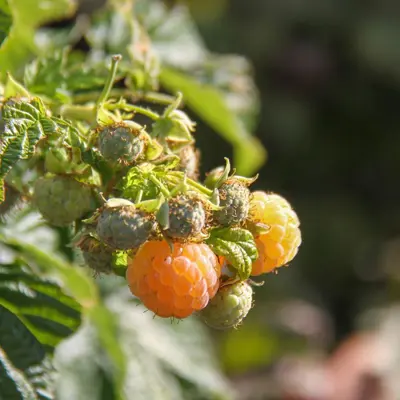
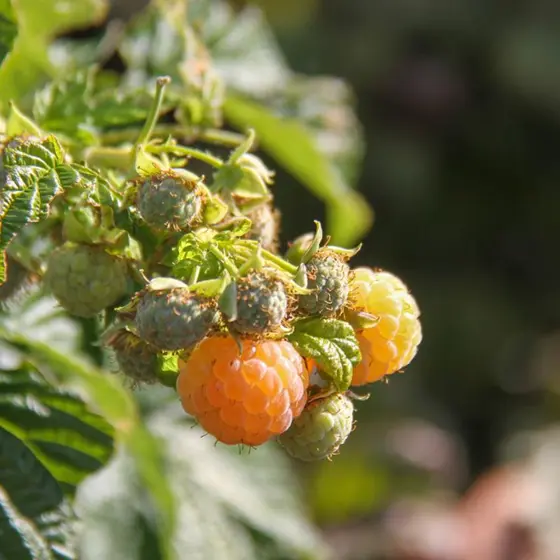
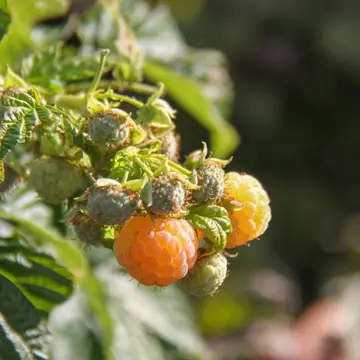
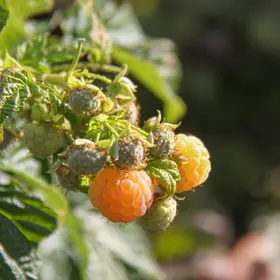
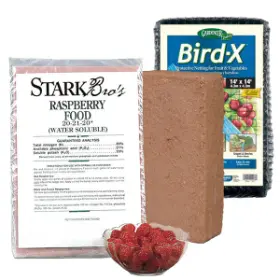

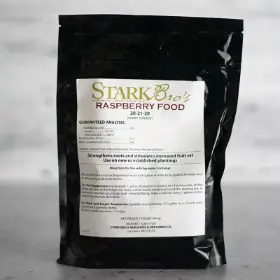
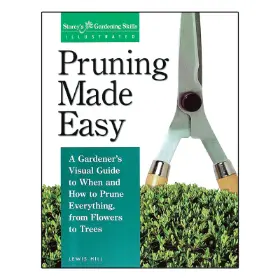
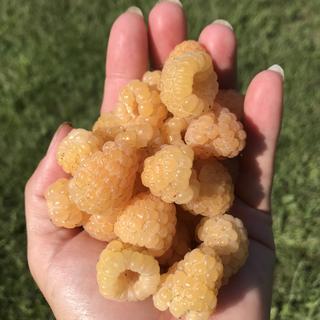
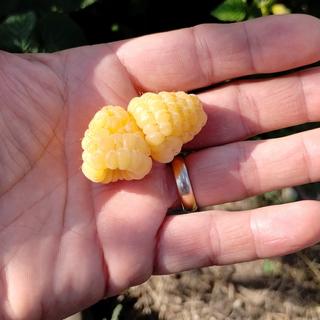
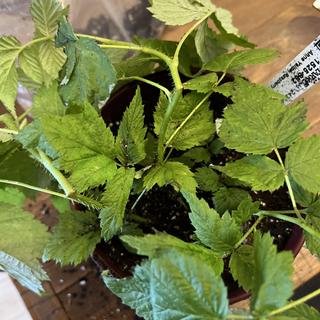
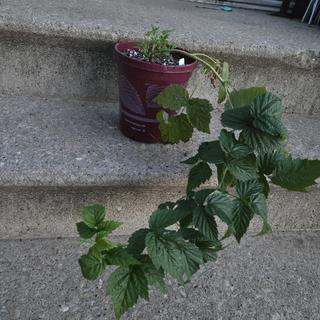
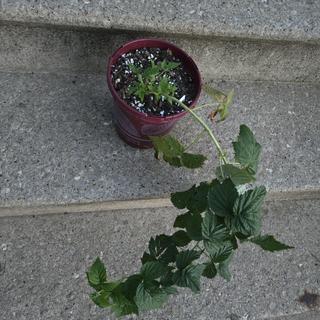
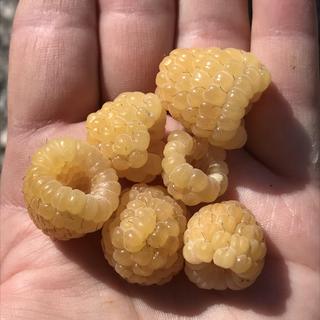

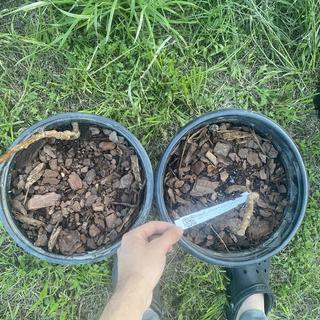
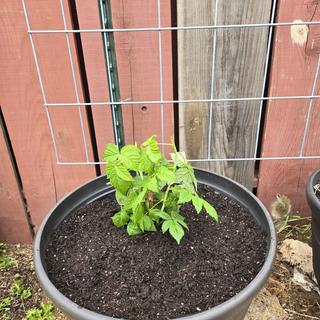
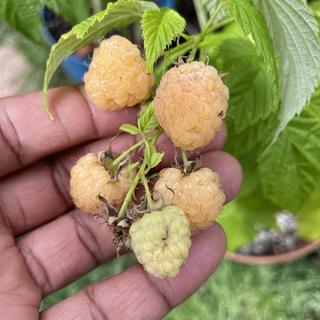
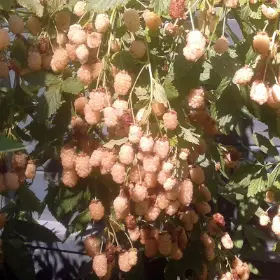

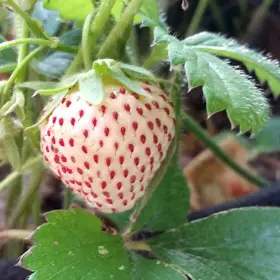
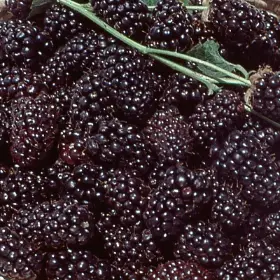
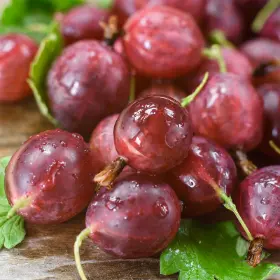
Raspberry that can be grown in zone 9
Wanted to try different variety of rasberry
I loved yellow raspberries as a kid so excited to have them planted in my garden
Others in Houston, TX said they had good luck growing them here.